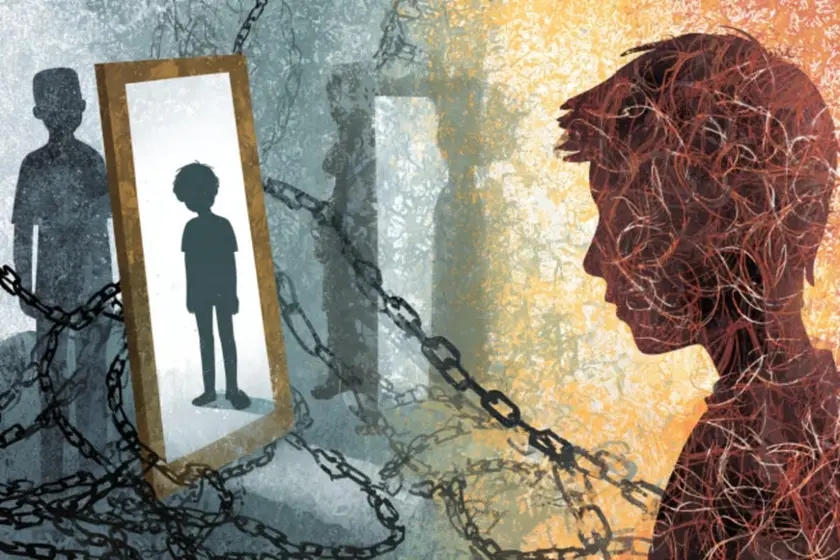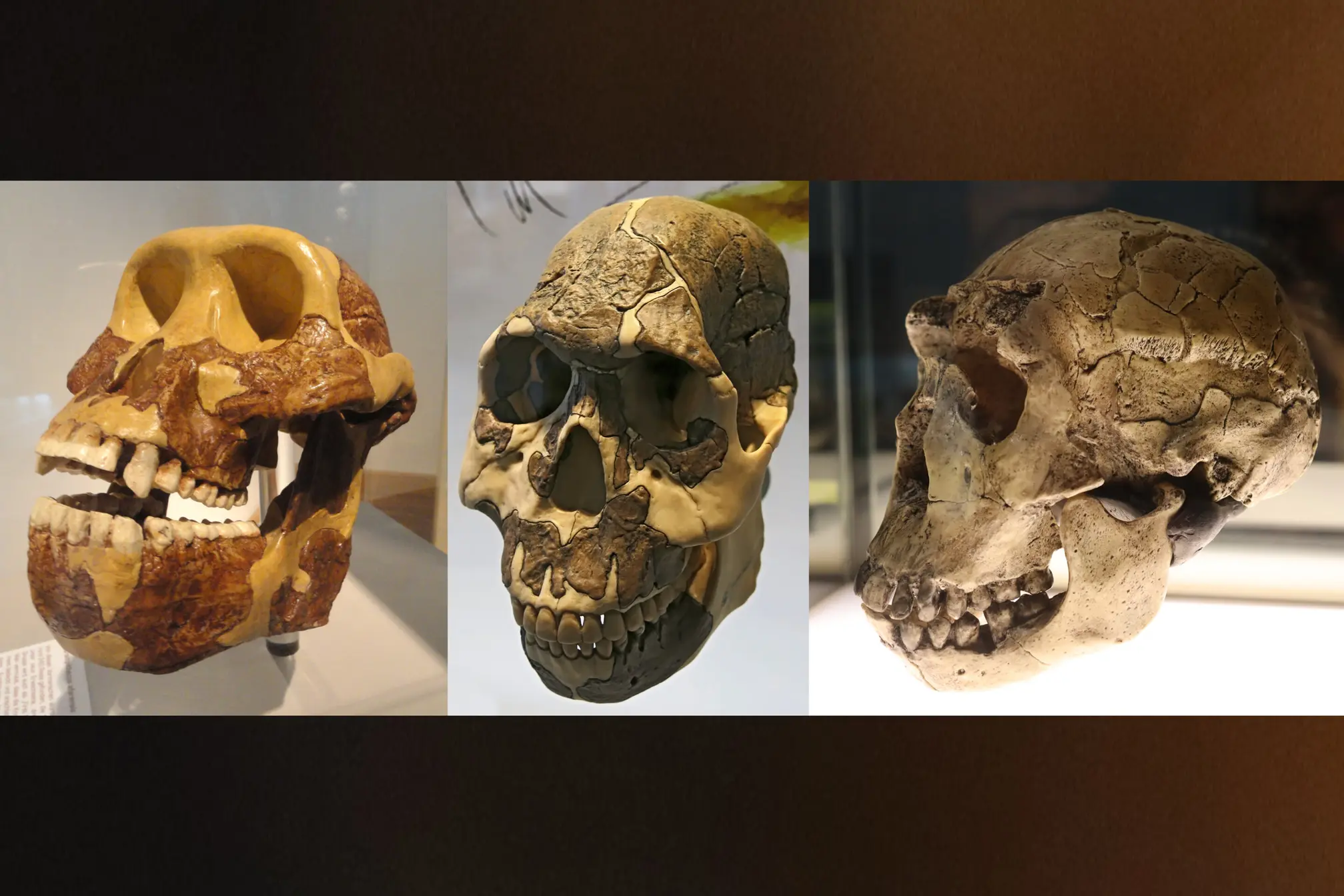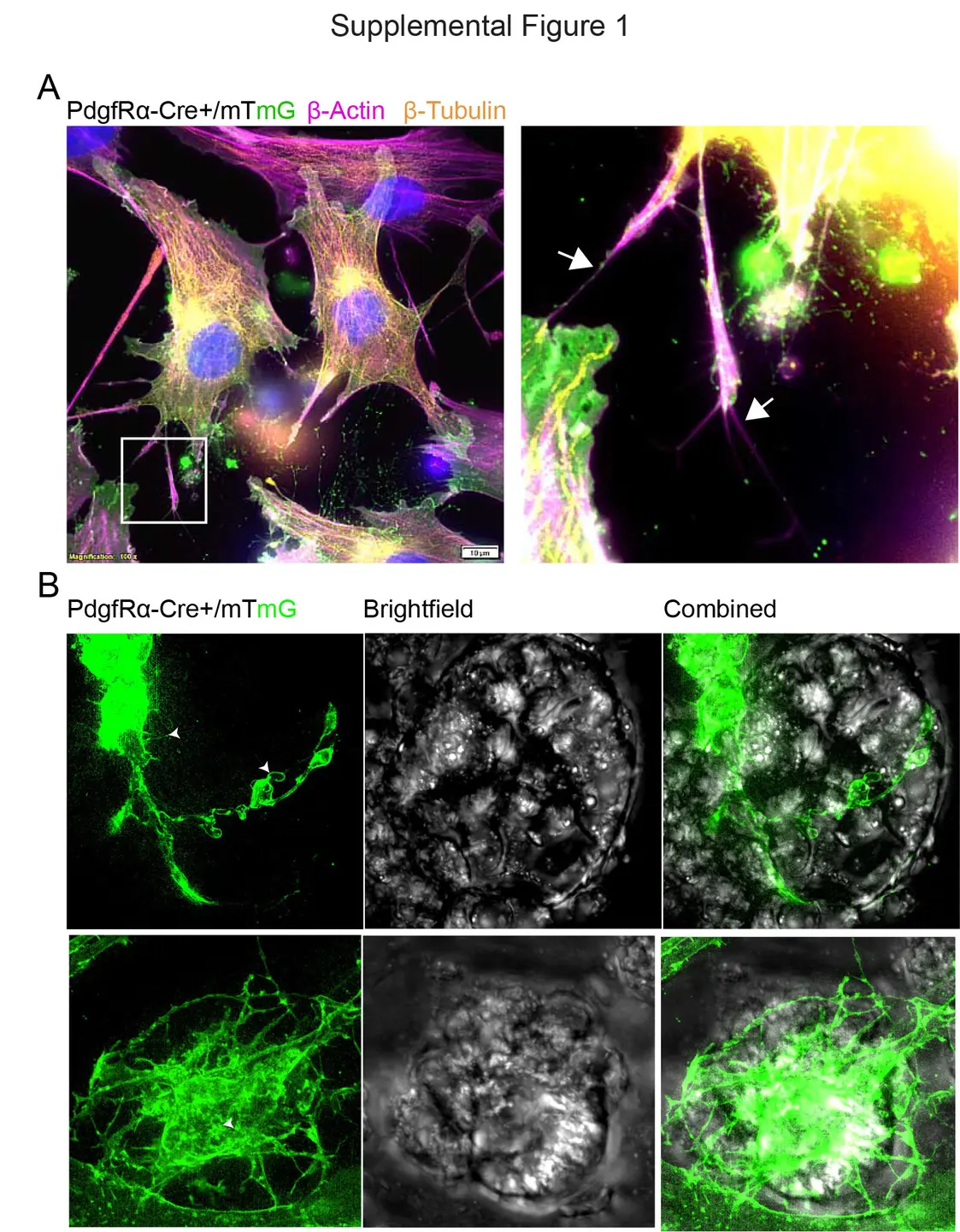T4K3.news
Trauma drives hypersexual behavior study
New research links childhood trauma to compulsive sexual behavior through sexual narcissism, with implications for therapy.

A study links childhood trauma to compulsive sexual behavior via sexual narcissism, suggesting new directions for therapy.
Trauma Drives Hypersexual Behavior Through Sexual Narcissism
Researchers studied 118 adults aged 18–59, split evenly between those meeting criteria for compulsive sexual behavior and a matched control group. They used the Childhood Trauma Questionnaire, the Sexual Narcissism Scale, and the Hypersexual Behavior Inventory to measure trauma history, sexual narcissism, and hypersexuality. The group with compulsive sexual behavior scored higher on all measures, and statistical modeling showed that sexual narcissism mediated the relationship between childhood trauma and hypersexuality. Together these factors explained more than 60 percent of the variance in hypersexual behavior.
Demographic patterns emerged: men scored higher on hypersexual behavior, religious participants scored higher on sexual narcissism and hypersexuality within the CSBD group, bisexual participants reported higher hypersexuality, and non-academic participants scored higher than those with higher education. The authors suggest that treatments focusing on sexual narcissism within a trauma-informed framework could improve outcomes, while noting limitations like cross sectional design and a relatively homogeneous sample that call for broader replication.
Key Takeaways
"Sexual narcissism acted as a mediator between trauma and hypersexuality."
Key finding of the study
"The mediation explained over 60% of hypersexuality variance."
Statistical result
"Targeting sexual narcissism in therapy could be effective for trauma survivors."
Clinical implication
"Trauma informed care and empathy training could improve recovery outcomes."
Therapeutic suggestion
The study maps a plausible path from early harm to later sexual behavior through a personality pattern. If confirmed, this could lead to new therapy modules that address entitlement and empathy in sexual contexts. Yet the cross sectional design means we cannot claim causation, and self reported data may bias results. Reporting should emphasize clinical context and avoid implying blame on survivors.
There is potential for practical impact, but also risk. Framing trauma through a single trait could stigmatize people with CSBD and oversimplify a complex issue. Future work should use longitudinal designs, include diverse populations, and test whether reducing sexual narcissism actually lowers hypersexual behavior. Policymakers and clinicians should balance innovation with careful, trauma informed care.
Highlights
- Trauma shapes desire through narcissistic attitudes
- Addressing sexual narcissism may unlock better recovery
- Therapy must welcome tough questions not blame
- A map for care is emerging but more study is needed
Sensitive topic handling required in trauma sexuality research
The study deals with childhood trauma and sexual behavior, a sensitive area that requires careful reporting to avoid stigma or misinterpretation. Clear clinical context and consent considerations are essential.
Care for trauma survivors must stay compassionate while adopting evidence based approaches.
Enjoyed this? Let your friends know!
Related News

Childhood trauma linked to sexual narcissism and hypersexual behavior

Military eating disorders risk to readiness

New research highlights diet's role in human evolution

New study reveals how kids react differently to ultra-processed foods

Study finds flavors in e-cigarettes drive reward systems

New Study Reveals Neural Mechanism in Fear Responses

New study reveals junk food impact on children's health

AI empathy may shift humanness perceptions
